How To Record Sound From Desktop Capture?
Recording sound from desktop capture is a common requirement for many users, whether they are creating tutorials, recording gameplay, or capturing online meetings. The process can seem daunting at first, but with the right tools and knowledge, it becomes straightforward. This article will guide you through the various methods and tools available to record sound from your desktop, ensuring you get high-quality audio for your projects.
Understanding the Basics

Before diving into the methods, it's essential to understand the basics of desktop audio recording. Desktop audio refers to any sound that your computer produces, including system sounds, application sounds, and media playback. To capture this audio, you need software that can record the output from your sound card.
Built-in Tools
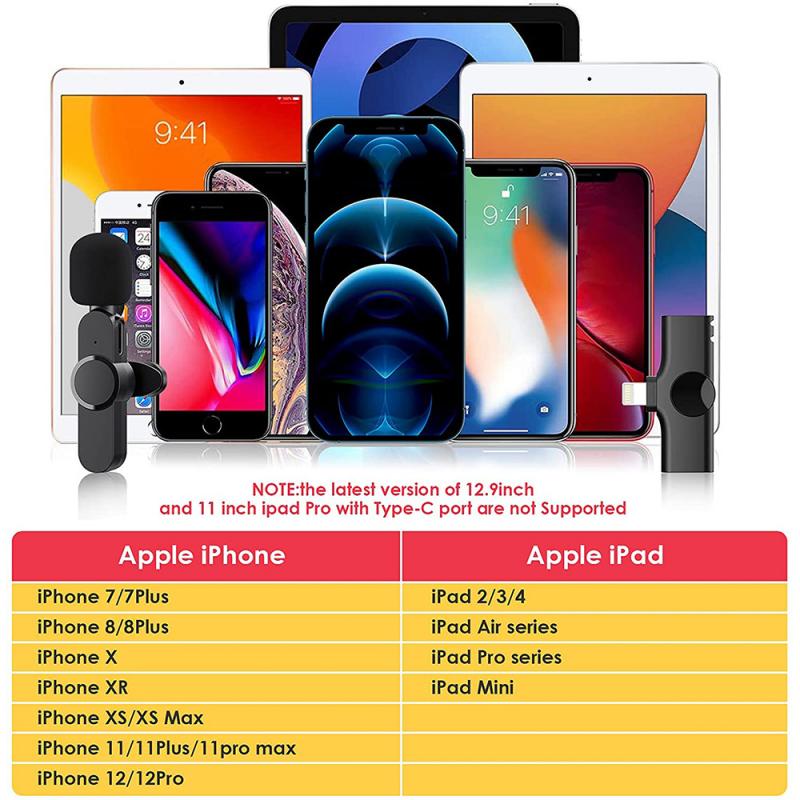
Windows 10 Game Bar
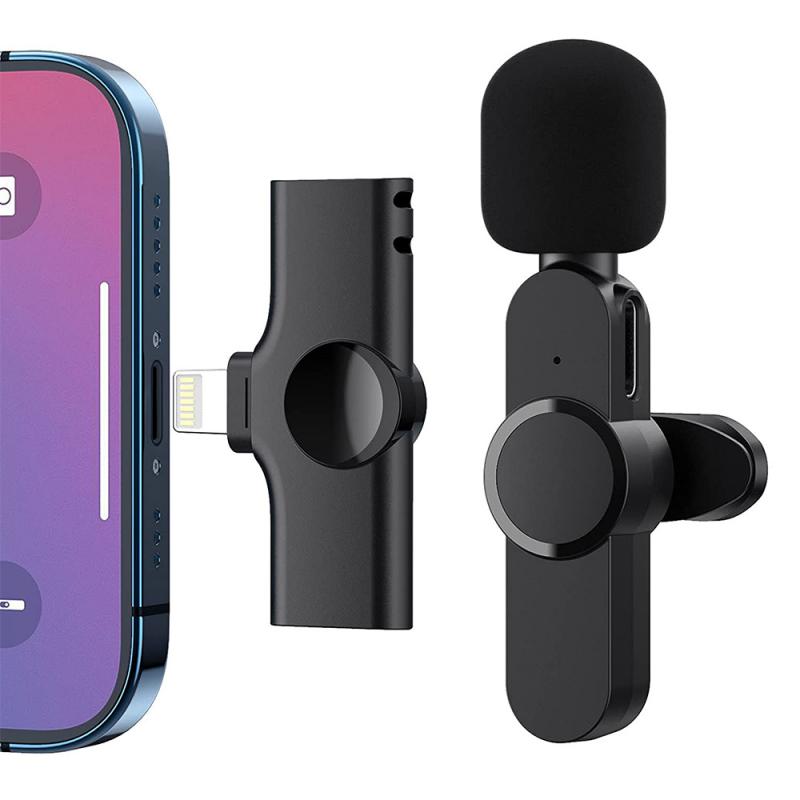
Windows 10 comes with a built-in tool called the Game Bar, which is primarily designed for gamers but can be used by anyone to record screen and audio.
1. Activate Game Bar: Press `Win + G` to open the Game Bar.
2. Start Recording: Click on the "Record" button or press `Win + Alt + R` to start recording.
3. Stop Recording: Click the "Stop" button or press `Win + Alt + R` again to stop recording.
The Game Bar records both video and audio, capturing all sounds from your desktop. However, it may not offer advanced features like separate audio tracks or high-quality audio settings.
macOS Screen Recording
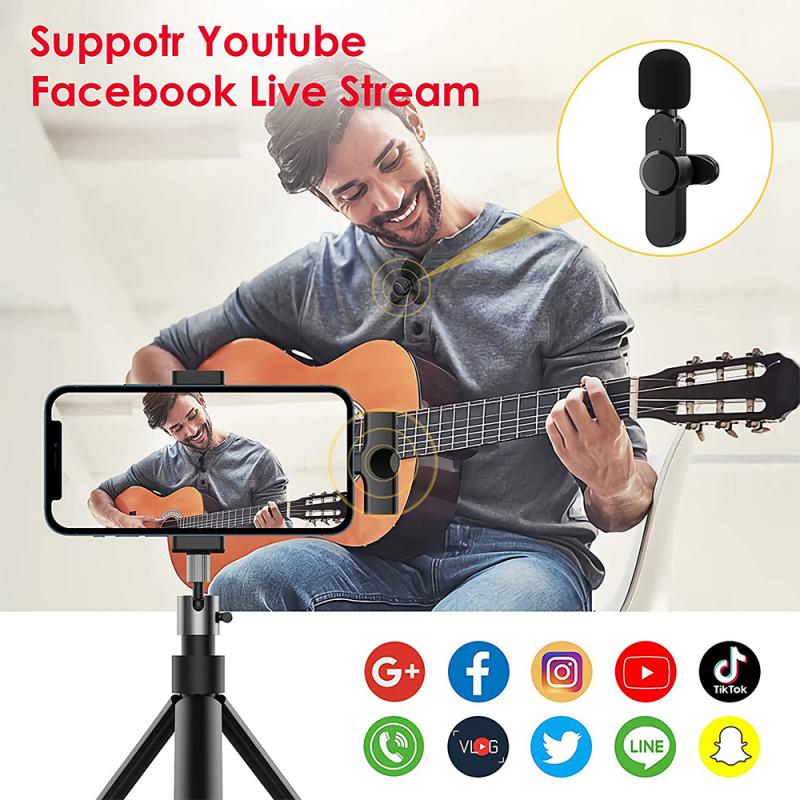
macOS also provides a built-in screen recording tool with audio capture capabilities.
1. Open Screenshot Toolbar: Press `Cmd + Shift + 5` to open the Screenshot toolbar.
2. Select Recording Area: Choose whether to record the entire screen or a selected portion.
3. Enable Microphone: Click on "Options" and select your microphone if you want to include external audio.
4. Start Recording: Click the "Record" button to start.
5. Stop Recording: Click the stop button in the menu bar or press `Cmd + Ctrl + Esc`.
This method captures both system audio and microphone input, but like the Windows Game Bar, it may lack advanced features.
Third-Party Software
For more control and advanced features, third-party software is often the best choice. Here are some popular options:
OBS Studio
OBS Studio is a free, open-source software that offers extensive features for screen and audio recording.
1. Download and Install OBS Studio: Visit the OBS Studio website and download the appropriate version for your operating system.
2. Set Up Audio Sources: Open OBS Studio and go to `Settings > Audio`. Ensure that your desktop audio device is selected.
3. Add Sources: In the main interface, click the "+" button under "Sources" and add "Display Capture" for video and "Audio Output Capture" for desktop audio.
4. Start Recording: Click "Start Recording" in the main interface.
OBS Studio allows you to record multiple audio tracks, adjust audio levels, and apply filters, making it a powerful tool for professional-quality recordings.
Audacity
Audacity is a free, open-source audio recording and editing software. While it doesn't capture video, it's excellent for high-quality audio recording.
1. Download and Install Audacity: Visit the Audacity website and download the appropriate version for your operating system.
2. Set Up Audio Host: Open Audacity and select `Windows WASAPI` as the audio host (for Windows users).
3. Select Recording Device: Choose your computer's speakers or headphones as the recording device.
4. Start Recording: Click the "Record" button to start capturing audio.
Audacity provides advanced editing features, allowing you to fine-tune your recordings post-capture.
Virtual Audio Cable
For users who need to route audio between applications, Virtual Audio Cable (VAC) is a useful tool. VAC creates virtual audio devices that can be used to route audio from one application to another.
1. Download and Install VAC: Visit the Virtual Audio Cable website and download the software.
2. Set Up Virtual Cable: Open the VAC Control Panel and create a new virtual cable.
3. Configure Audio Settings: In your audio settings, set the virtual cable as the default playback device.
4. Record with Software: Use your preferred recording software (e.g., OBS Studio) and select the virtual cable as the audio input source.
VAC is particularly useful for complex audio setups, such as streaming or recording multiple audio sources simultaneously.
Tips for High-Quality Audio Recording
1. Use a Good Microphone: If you're recording voiceover or commentary, invest in a good-quality microphone. USB microphones are convenient and offer excellent sound quality.
2. Minimize Background Noise: Record in a quiet environment to reduce background noise. Use noise-canceling software or filters if necessary.
3. Adjust Audio Levels: Ensure that your audio levels are balanced. Avoid clipping by keeping the audio levels within a safe range.
4. Monitor Audio: Use headphones to monitor your audio in real-time. This helps you catch any issues early and make adjustments as needed.
5. Edit Post-Recording: Use audio editing software like Audacity to clean up your recordings. Remove any unwanted noise, adjust levels, and apply effects to enhance the audio quality.
Recording sound from desktop capture is a valuable skill for various applications, from creating tutorials to recording gameplay. Whether you use built-in tools like the Windows Game Bar and macOS Screen Recording or opt for third-party software like OBS Studio and Audacity, the key is to choose the method that best suits your needs. By following the tips for high-quality audio recording, you can ensure that your recordings are clear, professional, and effective. With practice and the right tools, you'll be able to capture desktop audio with ease and confidence.


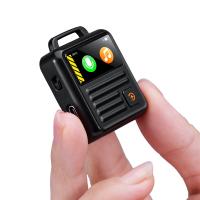
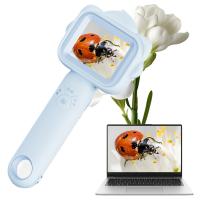
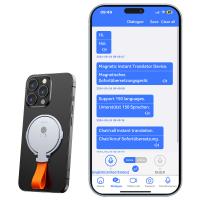

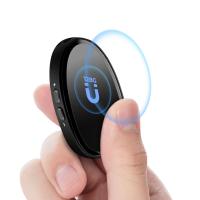
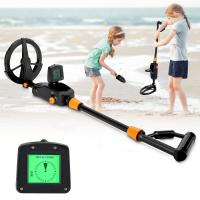
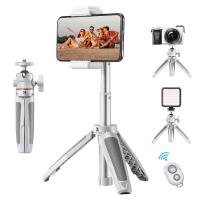



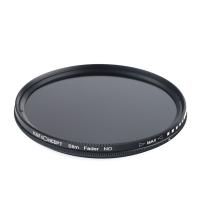
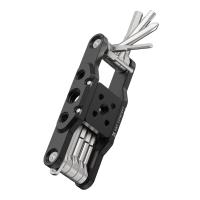

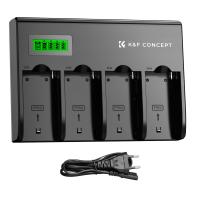

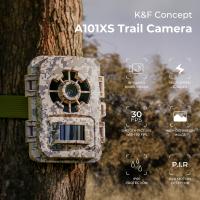
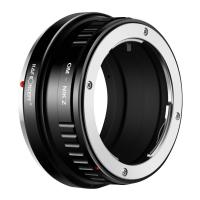

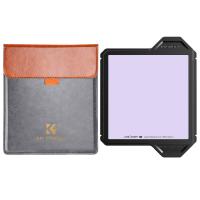
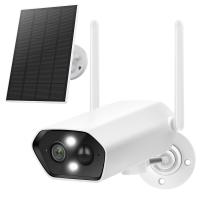
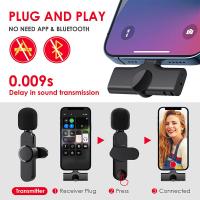
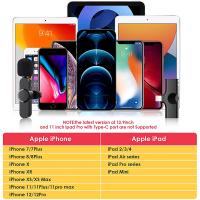
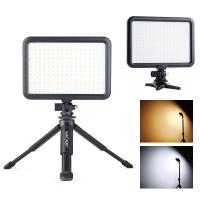

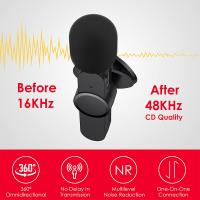
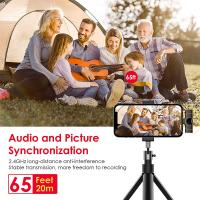
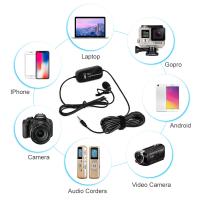

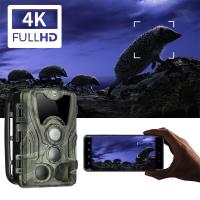

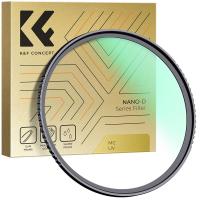
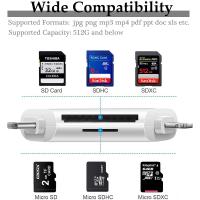


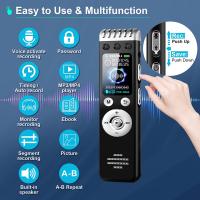
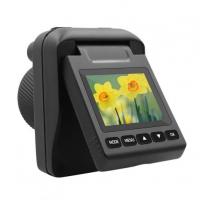


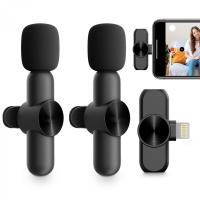
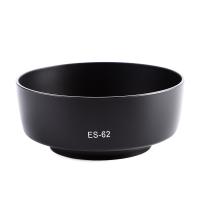
There are no comments for this blog.